Hawthorn Tree
- November 28, 2023
- 0 comment
The Hawthorn tree, known for its botanical genus Crataegus, is a deciduous tree or shrub that belongs to the rose family, Rosaceae. Renowned for its ornamental value, as well as its historical and cultural significance, the Hawthorn is a common sight in both urban landscapes and natural settings.


Characterized by its thorny branches and lobed leaves, this resilient tree typically produces clusters of small, fragrant flowers in spring, which give way to bright red berries, known as haws, in the autumn. The Hawthorn’s berries are not only visually striking but have also been utilized in traditional medicine for their potential cardiovascular benefits.
Additionally, folklore and mythology often associate the Hawthorn with magical or protective properties, contributing to its symbolic importance in various cultures. Its adaptability to diverse climates and soil conditions makes the Hawthorn a versatile and hardy addition to gardens, parks, and hedgerows, showcasing the tree’s enduring popularity and enduring charm.
| Characteristic | Description |
|---|---|
| Botanical Genus | Crataegus |
| Family | Rosaceae |
| Type | Deciduous tree or shrub |
| Leaves | Lobed, deciduous |
| Flowers | Small, fragrant clusters in spring |
| Fruit | Bright red berries, known as haws, in autumn |
| Thorns | Present on branches |
| Medicinal Use | Berries used in traditional medicine for heart health |
| Cultural Significance | Symbolic importance in folklore and mythology |
| Adaptability | Thrives in diverse climates and soil conditions |
| Ornamental Value | Commonly used in gardens, parks, and hedgerows |
Botanical Beauty of “Hawthorn Tree”: A Symbol of Resilience and Adaptability
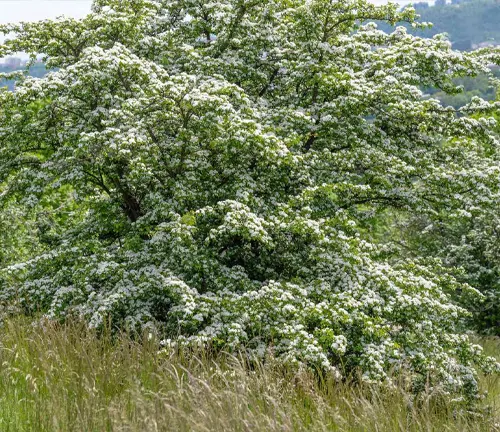
The hawthorn tree, a genus encompassing hundreds of species of shrubs and trees, stands as a testament to nature’s artistry and resilience. Native to temperate regions of the Northern Hemisphere, these hardy plants adorn landscapes with their vibrant blossoms, captivating autumn foliage, and nourishing fruits, earning them a place among the most beloved and versatile members of the plant kingdom.
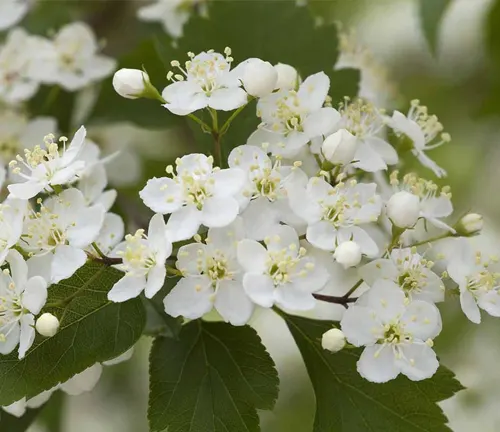
Woodland Elegance: A Crown of Blossoms
Hawthorns typically emerge as dense, thorny shrubs or small trees, their branches often bearing sharp spines that serve as a natural defense against herbivores. Their leaves, ranging from simple to deeply lobed, adorn the branches with a lush green hue, transforming into a dazzling spectacle of oranges, reds, and purples during autumn.
In spring, hawthorns burst forth with an abundance of fragrant white or pink blossoms, resembling delicate crowns atop their branches. These clusters of exquisite flowers attract a myriad of pollinators, transforming the landscape into a vibrant buzz of life.
Ecological Importance: A Haven for Wildlife
Beyond their aesthetic appeal, hawthorns play a crucial role in maintaining the delicate balance of ecosystems. Their small, apple-like fruits called haws, ripening in hues of red, orange, and black, provide a vital food source for wildlife, particularly birds, throughout the winter months. These nutritious berries sustain countless feathered friends, ensuring their survival during the harsh winter season.
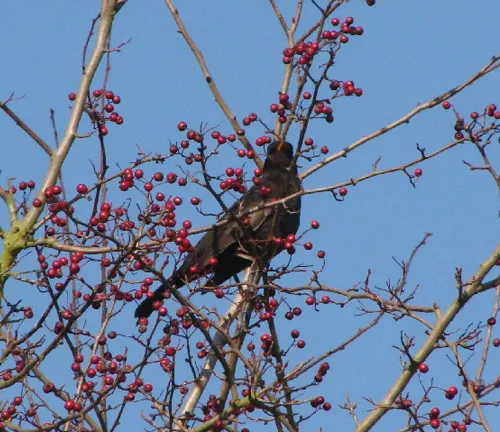
Hawthorns also serve as valuable habitats for a variety of insects and small mammals, offering shelter and nesting sites. Their dense foliage and thorny branches provide refuge from predators, while their diverse ecosystem supports a network of interconnected species.
Cultivation and Conservation: A Legacy for the Future
Hawthorns, with their adaptability to various soil conditions and tolerance for harsh environments, have long been employed in landscaping and gardening. Their dense growth and thorny branches make them ideal for forming impenetrable hedges, providing both privacy and protection from trespassers. Their ability to thrive in diverse settings further enhances their suitability for a wide range of plantings.

Despite their resilience, some hawthorn species face threats from habitat loss, invasive species, and climate change. Conservation efforts are underway to protect and restore hawthorn populations, ensuring their continued presence in natural landscapes.
Fragrance: A Delicate Perfume
The delicate fragrance of hawthorn blossoms adds an enchanting dimension to their beauty. The sweet, subtle scent wafts through the air, attracting pollinators and adding a touch of olfactory delight to the spring landscape.
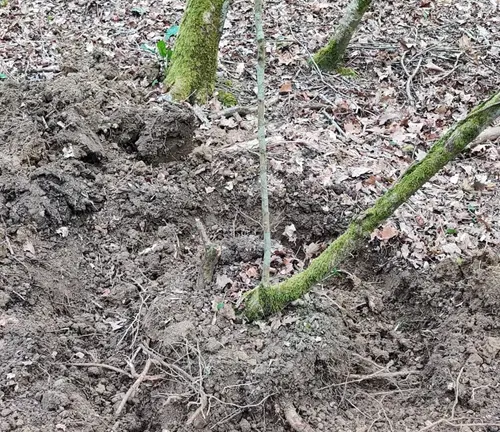
Soil Stabilization: A Guardian of the Earth
Hawthorns, with their deep root systems, play a vital role in soil stabilization, preventing erosion and landslides, particularly in areas prone to soil instability. Their roots anchor the earth, preventing soil loss and ensuring the integrity of slopes and embankments.
Common Uses: A Multifaceted Gem
Hawthorns have long been valued for their diverse uses beyond their aesthetic appeal. Their leaves, flowers, and fruits have been utilized in traditional medicine for centuries, offering potential remedies for various ailments. Additionally, hawthorn wood is prized for its hardness and durability, making it a valuable resource for crafting tools and implements.
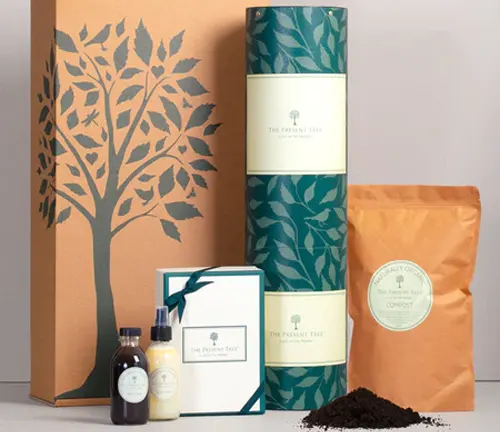
Benefits: A Treasure Trove of Advantages
The hawthorn tree offers a multitude of benefits, both ecological and practical. Its presence enhances the beauty and biodiversity of landscapes, providing food and shelter for wildlife. Its resilience and adaptability make it a valuable addition to gardens and landscaping projects, while its medicinal properties and potential uses underscore its significance for human well-being.
Different Species
Crataegus monogyna
(Common Hawthorn)
Widely distributed in Europe, North Africa, and Western Asia, this species is known for its small, dark fruits and is often used in traditional medicine.
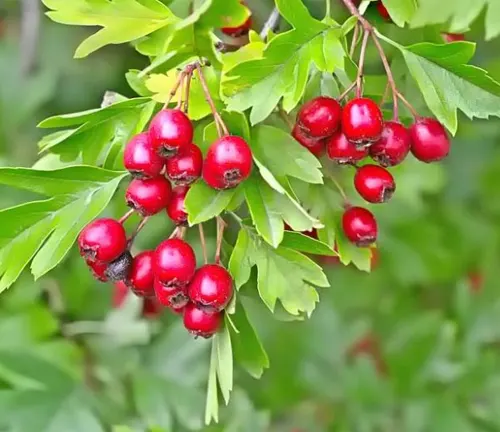

Crataegus laevigata
(Midland Hawthorn)
Native to Western Europe, this Hawthorn species is often cultivated for its ornamental value, featuring double flowers and glossy leaves.
Crataegus pinnatifida
(Chinese Hawthorn)
Indigenous to China, this species is culturally significant and cultivated for its fruit, which is used in traditional Chinese medicine and culinary applications.
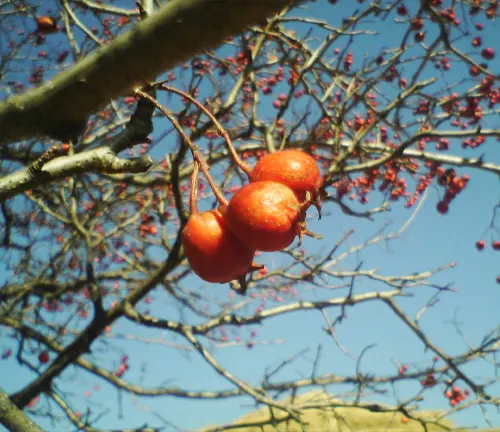
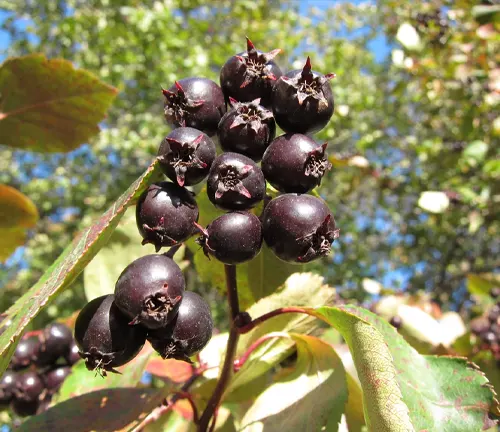
Crataegus douglasii
(Black Hawthorn)
Found in North America, the Black Hawthorn is characterized by its blackish bark and glossy leaves, contributing to its aesthetic appeal.
Crataegus crus–galli
(Cockspur Hawthorn)
Native to North America, this Hawthorn species is named for its long thorns and is often used for hedging due to its dense growth.
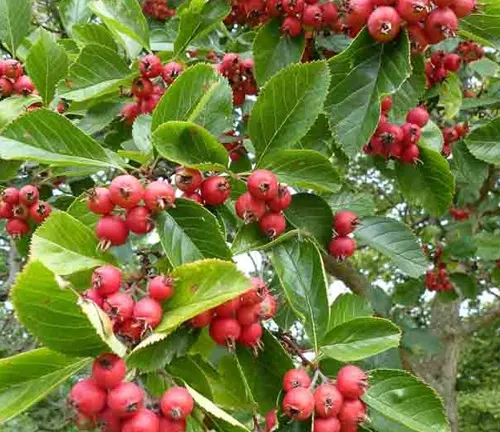
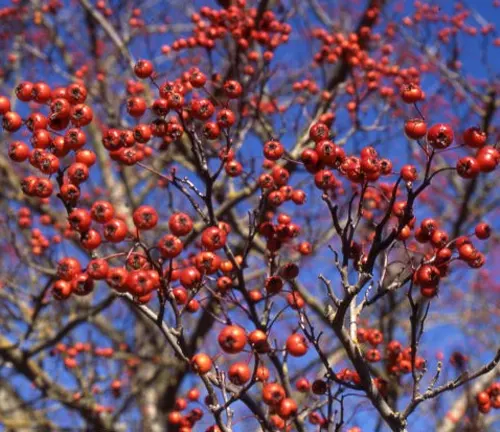
Crataegus viridis
(Green Hawthorn)
Indigenous to North America, this species is recognized for its greenish flowers and red fruits, adding to its visual appeal.
Crataegus coccinea
(Scarlet Hawthorn)
Commonly found in North America, this Hawthorn species is noted for its clusters of red berries and vibrant autumn foliage.
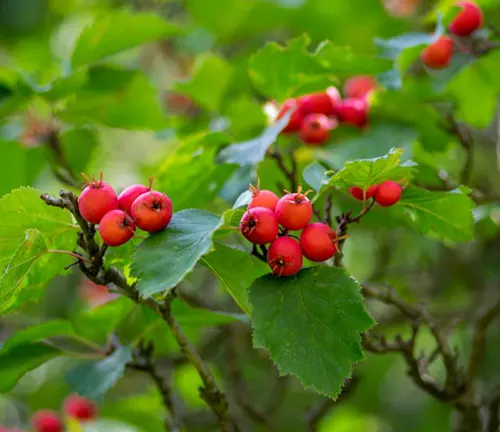
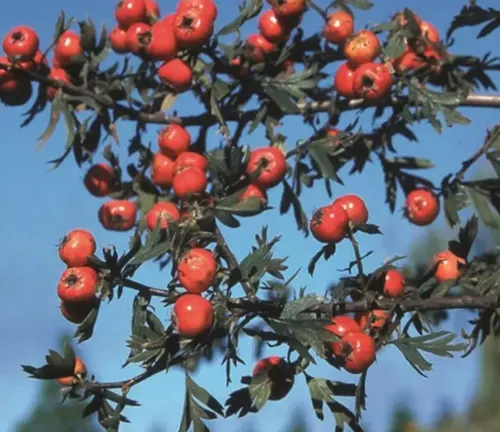
Crataegus orientalis
(Oriental Hawthorn)
Native to Eastern Europe and Western Asia, this species is cultivated for its ornamental features, including white flowers and red berries.
Frequently Asked Questions (FAQs)
- What is a Hawthorn tree?
The Hawthorn tree, belonging to the Crataegus genus, is a deciduous tree or shrub known for its thorny branches, lobed leaves, and clusters of small, fragrant flowers. - Where are Hawthorn trees found?
Hawthorn trees are found in various regions worldwide, with different species native to Europe, Asia, North Africa, and North America. - What are the uses of Hawthorn berries?
Hawthorn berries are often used in traditional medicine for potential cardiovascular benefits. They are also used in culinary applications and have cultural significance in some regions. - Are all Hawthorn trees thorny?
Yes, most Hawthorn trees have thorny branches. The thorns serve as a natural defense mechanism for the tree. - Can I plant Hawthorn trees in my garden?
Yes, many Hawthorn species are well-suited for gardens. They are adaptable to various soil conditions and climates, making them a popular choice for landscaping. - Do Hawthorn trees have ornamental value?
Absolutely. Many Hawthorn species are cultivated for their ornamental features, including attractive flowers, colorful berries, and vibrant autumn foliage. - Are there any folklore or myths associated with Hawthorn trees?
Yes, the Hawthorn tree is often associated with folklore and mythology, symbolizing protection or having magical properties in various cultural traditions. - What are the common pests or diseases affecting Hawthorn trees?
While Hawthorn trees are generally hardy, they can be susceptible to pests such as aphids and diseases like fire blight. Proper care and maintenance can help prevent and manage these issues. - When is the best time to prune Hawthorn trees?
The best time to prune Hawthorn trees is during late winter or early spring before new growth begins. Pruning helps maintain the tree’s shape and health. - Can I use Hawthorn trees for hedging?
Yes, some Hawthorn species, like the Cockspur Hawthorn, are suitable for hedging due to their dense growth and thorny branches.


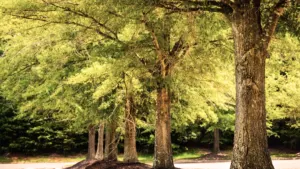
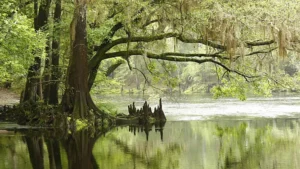
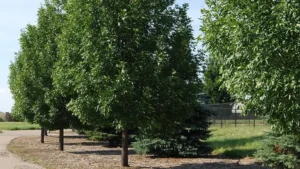
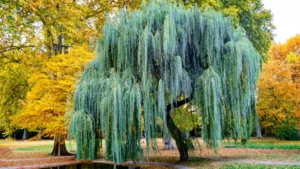
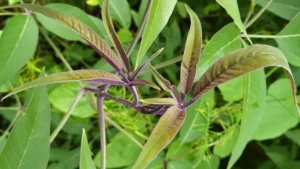
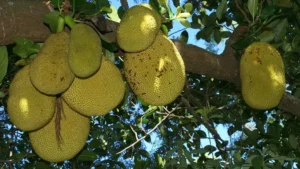
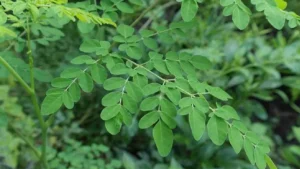
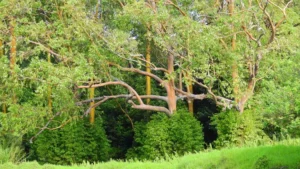
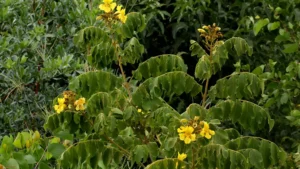
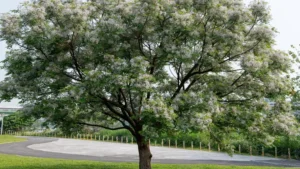
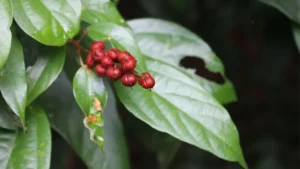

Leave your comment